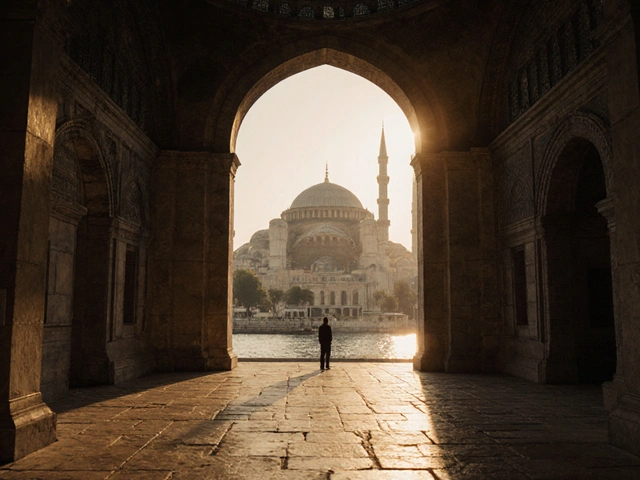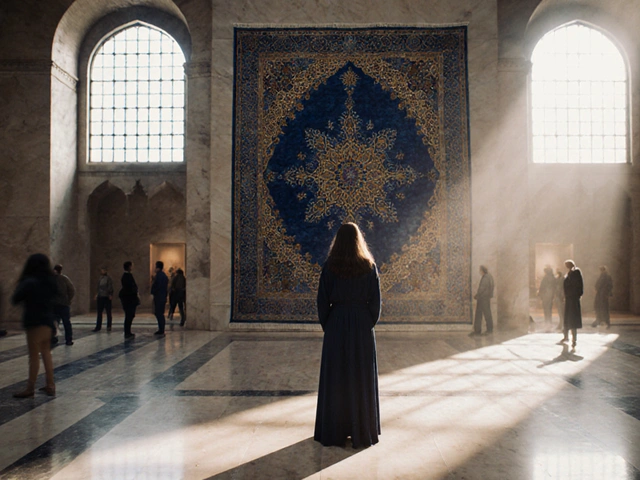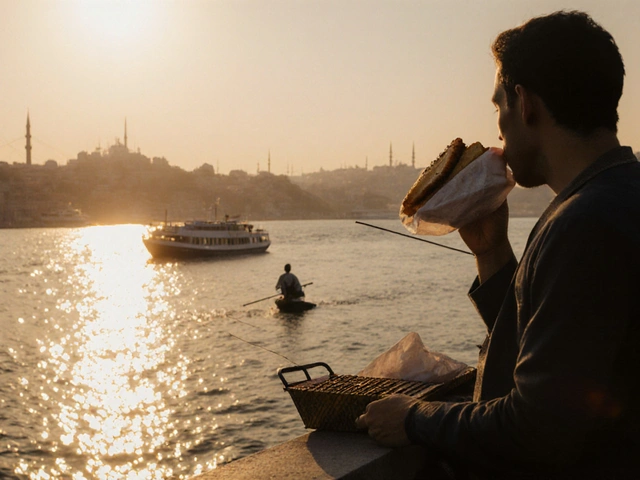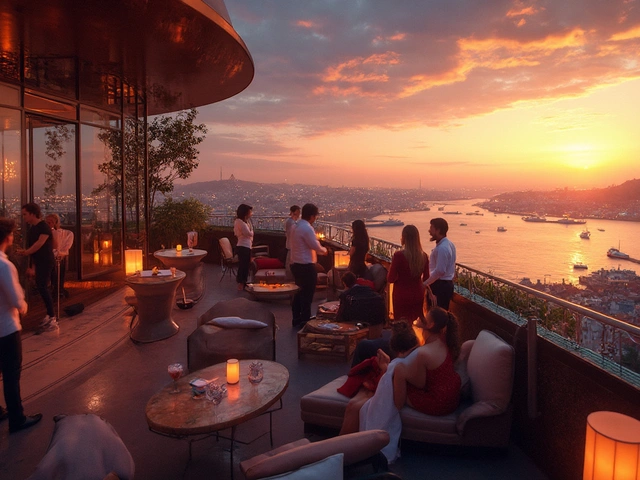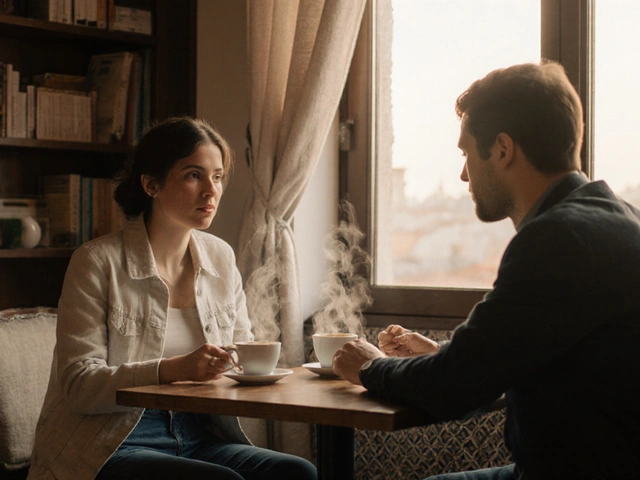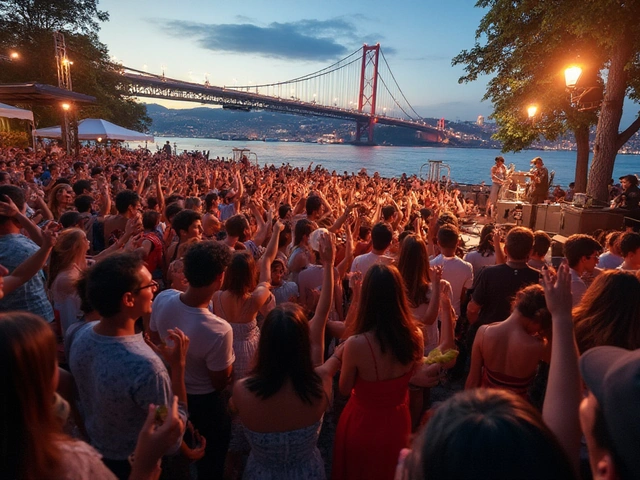In Istanbul, every cobblestone alley, every crumbling arch, every mosaic underfoot whispers a story older than nations. This city doesn’t just have landmarks-it holds time itself in its bones. Walk through the Grand Bazaar before sunrise and you’ll hear the echo of Venetian merchants, Persian traders, and Ottoman viziers who once bargained right where you’re standing. These aren’t just tourist spots. They’re living archives, breathing reminders of empires that rose, fell, and left behind something far more enduring than marble: memory.
The Weight of History in Hagia Sophia
Hagia Sophia isn’t just a building. It’s a theological and architectural earthquake that still rumbles today. Built in 537 AD as a Christian cathedral, turned into a mosque after 1453, and now a museum turned mosque again, its dome seems to float above the city like a cloud made of stone. Look up at the golden mosaics of Christ Pantocrator-hidden behind plaster for centuries, uncovered during restoration in the 1930s, and now visible again after decades of debate. Locals know this place best at dawn, when the light filters through the 40 windows and the call to prayer blends with the quiet hum of visitors. If you want to understand Istanbul’s soul, stand in the center of the nave and feel how faith, politics, and art collided here-and still do.
Topkapi Palace: Where Sultans Lived Behind Walls
Perched on the Seraglio Point, Topkapi Palace wasn’t just a royal residence-it was a city within a city. Over 1,000 rooms, courtyards, kitchens, and harems stretched across four terraces, each with its own rules, guards, and secrets. The Chamber of the Sacred Relics holds the Prophet Muhammad’s cloak and sword, guarded since the 16th century. The Imperial Treasury gleams with the Topkapi Dagger, set with emeralds the size of walnuts, and the Spoonmaker’s Diamond, rumored to have been bought by a beggar for three spoons. Locals say the palace’s most powerful room isn’t the Sultan’s throne room-it’s the Harem’s Library, where concubines studied astronomy, poetry, and statecraft in secret. Visit in late afternoon when the sun hits the palace gardens just right, and you’ll see why Ottoman sultans never wanted to leave.
The Basilica Cistern: Underground Istanbul
Beneath the streets of Sultanahmet lies a forgotten world: the Basilica Cistern, a 1,400-year-old underground reservoir that once held 80,000 cubic meters of water for the Great Palace. Two hundred and eight marble columns, each 9 meters tall, rise from the dark water like silent sentinels. The most famous? The Medusa heads-carved upside down and sideways, possibly to neutralize their power. Locals don’t come here for photos. They come for the silence. On rainy days, when the drip-drip-drip echoes louder and the mist rises off the water, it feels less like a tourist site and more like a cathedral of stillness. You can sip Turkish coffee at the tiny kiosk near the exit, watching the light flicker on the water while thinking about the slaves who carved these columns in the 6th century-and how little has changed since.
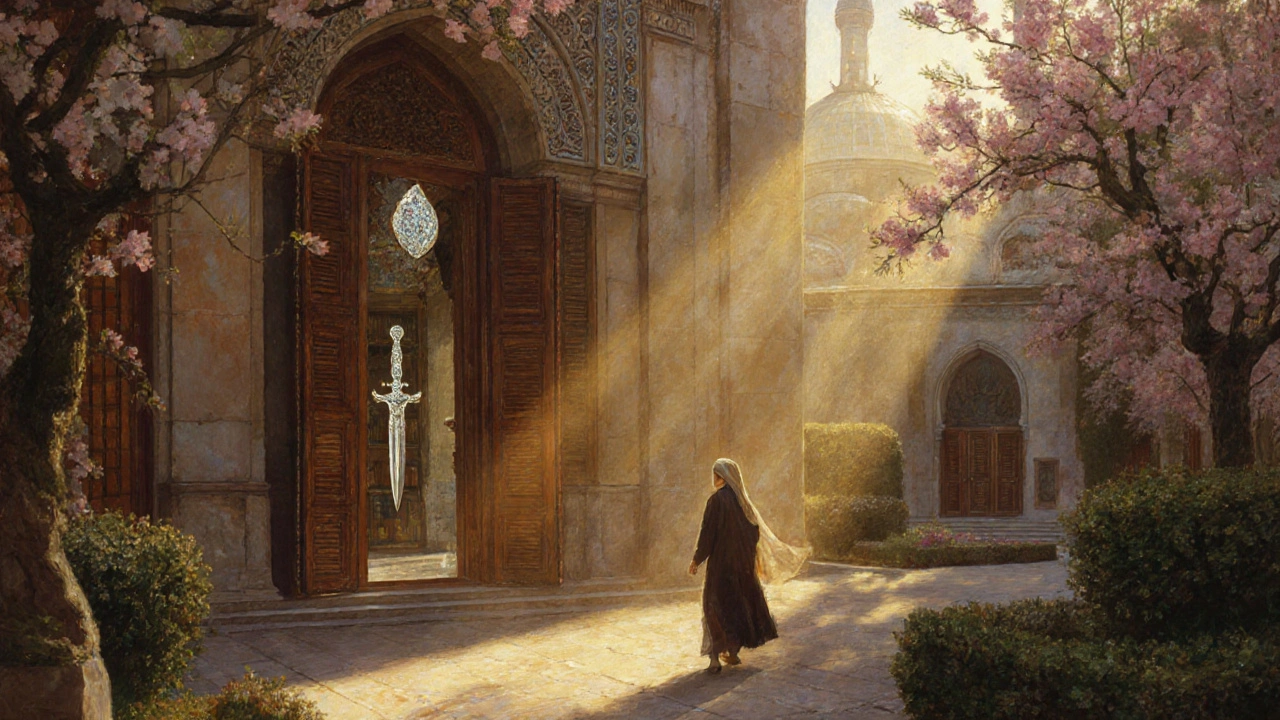
The Walls of Constantinople: The City That Held Back Empires
Most visitors rush past them, but the Theodosian Walls are the most underrated landmark in Istanbul. Stretching 6.5 kilometers from the Sea of Marmara to the Golden Horn, these walls held off Arab sieges, Crusaders, and even the Mongols before finally falling to Mehmed II in 1453. Walk the section near the Edirnekapı Gate, where the outer wall still stands nearly 10 meters high, and you’ll see the scars of catapult stones and cannonballs. Locals know the best spot: the small park behind the Yedikule Fortress, where grandmothers sit under chestnut trees and children play hide-and-seek among the ruins. On weekends, you’ll find people picnicking here with simit and çay, unaware they’re sitting on the longest surviving defensive wall in the world.
Chora Church: Byzantine Art in a Hidden Corner
Tucked away in the quiet neighborhood of Kariye, Chora Church is Istanbul’s best-kept secret. Once a monastery, its interior is covered in mosaics and frescoes so vivid they look painted yesterday. Scenes of the Life of Christ and the Virgin Mary unfold across every surface, with gold leaf still catching the light after 700 years. The Resurrection mosaic? It’s one of the most powerful in Christian art-a radiant Christ pulling Adam and Eve from their tombs, their hands clasped in awe. Unlike Hagia Sophia, you won’t find tour buses here. Locals come on Sunday mornings, when the light slants just right through the narrow windows, and the only sounds are the rustle of prayer books and the occasional whisper of a grandmother explaining the icons to her grandchild.
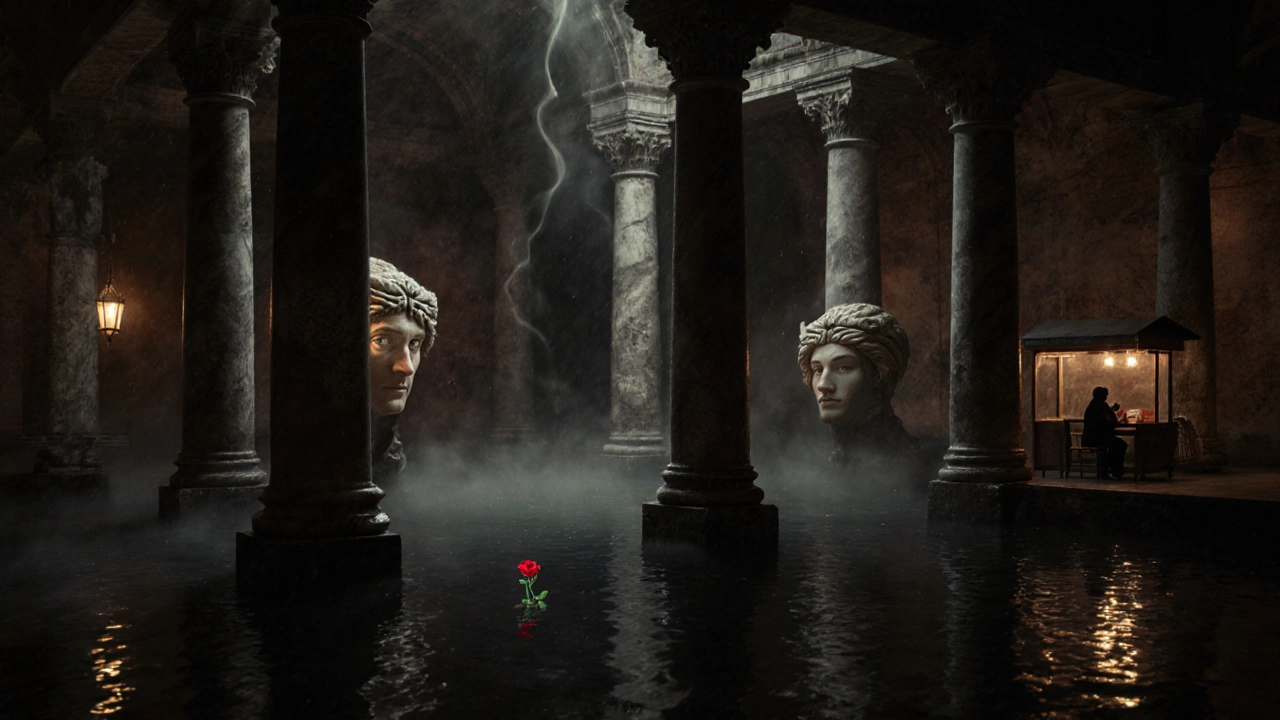
Why These Places Still Matter Today
These landmarks aren’t relics. They’re mirrors. In a city where the call to prayer echoes over Byzantine domes and minarets rise above Roman aqueducts, Istanbul doesn’t erase its past-it layers it. You’ll see this in the way a street vendor in Eminönü sells simit next to a 1,500-year-old column. Or how a Turkish family gathers for iftar under the arches of the Süleymaniye Mosque, built by Sinan in 1557, while a German tourist takes a photo of the same spot.
These sites survived wars, fires, earthquakes, and political upheavals because they were never just monuments. They were places of daily life-of worship, of commerce, of love, of grief. That’s why they still draw crowds. Not because they’re old, but because they still work. The water in the Basilica Cistern still flows. The light still hits the mosaics. The walls still stand.
How to Visit Without Becoming a Statistic
Don’t join the 10 a.m. tour groups at Hagia Sophia. Go at 7 a.m. or 5 p.m. The lines vanish, the light is softer, and you’ll hear the real Istanbul-the one that lives inside the stones, not the one selling postcards.
Buy your tickets for Topkapi Palace and the Basilica Cistern together at the official Istanbul Museum Pass. It saves money and skips the ticket queues. Locals use it. Tourists don’t.
Wear comfortable shoes. The cobbles in Sultanahmet are uneven, the stairs in Chora Church are steep, and the walls of Constantinople demand walking. No one wants to be the person who slips on a 1,200-year-old stone.
Bring a small bottle of water. The sun hits hard between Hagia Sophia and the Grand Bazaar. Find a bench near the Nuruosmaniye Mosque and sip çay while watching the city breathe.
What You Won’t See on Instagram
Behind the grand facades, Istanbul’s landmarks have quiet corners. In the Basilica Cistern, there’s a small niche near the third column where a local artist leaves a single red rose every Tuesday. In Chora Church, the caretaker still lights candles for the dead every evening, just as he did in 1987. At Topkapi, the wooden shutters in the Harem still creak the same way they did when Suleiman the Magnificent walked through them.
These aren’t curated exhibits. They’re living rituals. And if you pay attention, you’ll realize Istanbul’s greatest landmark isn’t any single building-it’s the way its people keep remembering.
What’s the best time to visit Hagia Sophia to avoid crowds?
Arrive at 7 a.m. or after 5 p.m. The morning light is soft, and the crowds haven’t arrived yet. Locals know this trick-it’s when the call to prayer blends with the quiet footsteps of people praying, not just taking photos. Avoid midday, especially on weekends.
Can I visit all these landmarks in one day?
You can physically walk between Hagia Sophia, Topkapi Palace, and the Basilica Cistern in one day-they’re all within 15 minutes of each other. But rushing through them defeats the point. Take your time. Sit on a bench. Watch how the light changes. Spend a full morning at Chora Church and an afternoon at the Theodosian Walls. One day isn’t enough to feel these places. Two days is better.
Are these sites accessible for people with mobility issues?
Hagia Sophia and the Basilica Cistern have ramps and elevators. Topkapi Palace has limited access due to steep stairs and uneven terrain. Chora Church has narrow staircases and no elevator. The Theodosian Walls are mostly accessible only on footpaths. If mobility is a concern, plan your route carefully and consider hiring a local guide who knows the quiet entrances and hidden ramps.
Is the Istanbul Museum Pass worth it?
Yes-if you’re visiting at least three major sites. The pass covers Hagia Sophia, Topkapi Palace, Basilica Cistern, Chora Church, and more. It costs 1,100 TL (as of 2025) and saves you over 50% compared to buying tickets separately. Plus, you skip the ticket lines. Locals use it. Tourists often don’t.
What should I wear when visiting religious sites?
Cover your shoulders and knees. Women should bring a scarf to cover their hair when entering mosques like Hagia Sophia. Men should avoid wearing shorts. These aren’t strict rules enforced by guards, but locals notice. Dress respectfully, and you’ll be welcomed warmly. Many sites have free scarves available at the entrance if you forget.
If you’ve ever stood in silence inside the Basilica Cistern, or watched the sunset paint the minarets of Süleymaniye gold, you know: Istanbul doesn’t just show you history. It lets you feel it. And that’s why these landmarks aren’t just must-sees-they’re must-feels.



